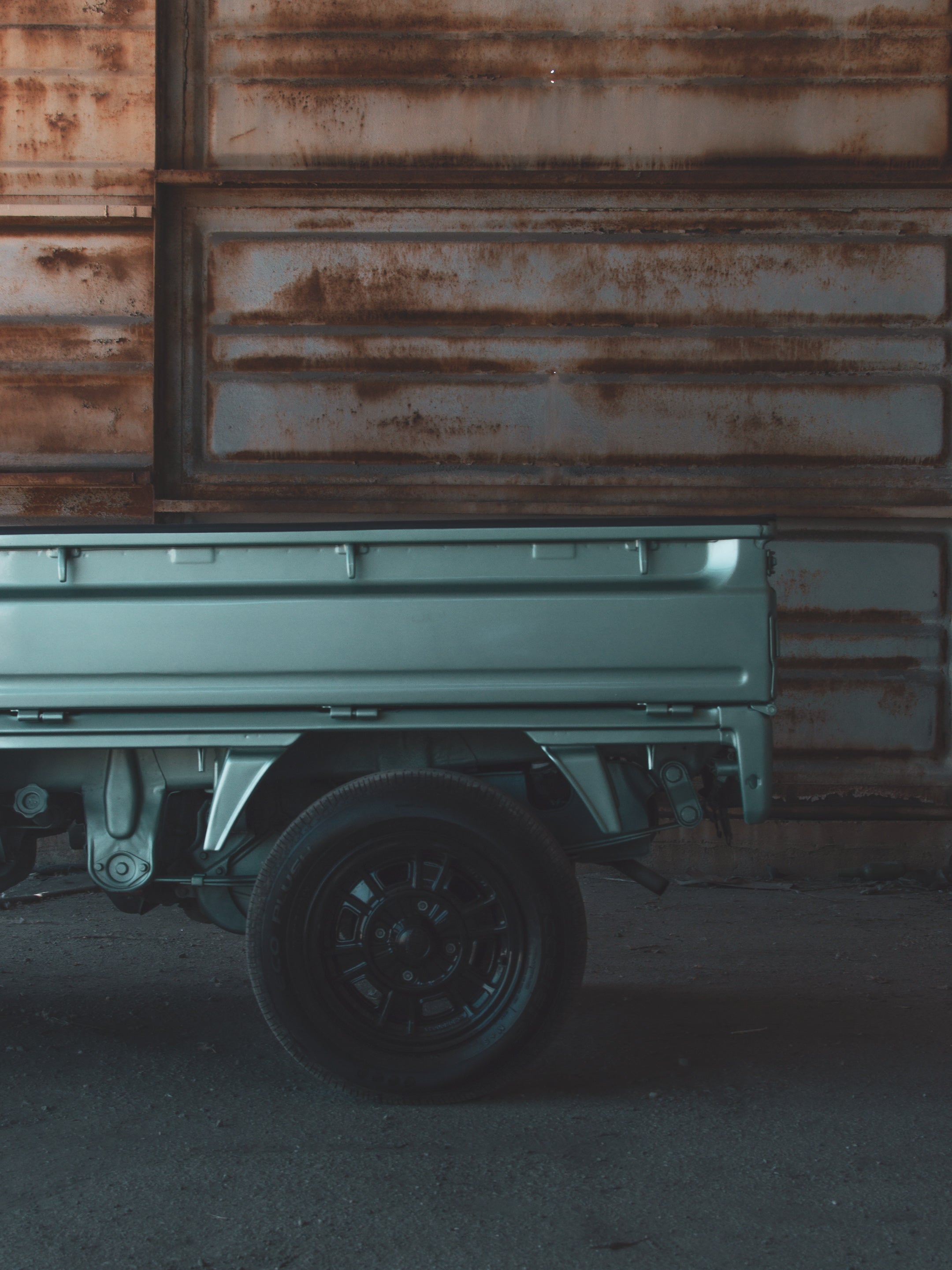The Revered 1994 Subaru Sambar
In the world of automobiles, few vehicles evoke the kind of quiet reverence that the 1994 Subaru Sambar does. This humble kei truck, often overshadowed by its flashier counterparts, holds a special place in the annals of automotive history. For someone like me, whose father dedicated over half a century of his life to the giants of Japanese automotive innovation—Toyota and Nissan—the Sambar represents more than just a vehicle; it’s a symbol of an era where practicality and ingenuity took the driver's seat.
A Kei Car Marvel
The 1994 Subaru Sambar was the epitome of everything kei cars stood for in Japan. These were vehicles designed to thrive in the bustling, narrow streets of Japanese cities, and the Sambar did so with unassuming grace. Measuring just over 3.2 meters in length and powered by a 660cc engine, it was a marvel of compact design, engineered to be efficient in every way possible. But what truly sets the 1994 model apart is its role in the cultural fabric of Japan, a topic that remains largely unexplored outside of niche automotive circles.
Personal Reflections and Innovation
I remember my father, a staunch advocate for Japanese craftsmanship, speaking with a twinkle in his eye about the Sambar. It wasn’t just the utility that made it special; it was the spirit of innovation it embodied. Subaru, traditionally known for its sturdy, AWD vehicles, poured its engineering prowess into this pint-sized powerhouse. The 1994 Sambar came equipped with features that were groundbreaking for its class at the time, including a four-wheel independent suspension and the option for four-wheel drive. It was the kind of vehicle that, despite its size, made you feel like you could conquer the world—or at least navigate Tokyo's congested avenues with ease.
A Symbol of Socio-Economic Resilience
Yet, the Sambar's story is not merely one of mechanical achievement. It's a tale interwoven with the socio-economic tapestry of 1990s Japan. The country was navigating the aftermath of the economic bubble burst, and there was a palpable shift towards frugality and efficiency. The Sambar, with its minimalistic design and economical fuel consumption, became a symbol of this shift. It was a vehicle for the people, accessible and reliable, reflecting a nation’s resilience in the face of financial adversity.
Historical Significance
As a historian, I’ve spent countless hours poring over archival materials, piecing together the story of the Sambar. What I’ve found is a testament to the understated impact this vehicle had not just on Japan, but on the automotive world at large. The 1994 model, in particular, was a culmination of years of engineering evolution. It retained the fundamental characteristics that made the Sambar a staple of Japanese roads—versatility, reliability, and a quirky charm that endeared it to so many.
The Sambar's Global Journey
The Sambar’s journey didn't end in Japan; it found its way across the Pacific, carving out a niche among enthusiasts in the United States. In recent years, there’s been a resurgence of interest in these vehicles—partially driven by the 25-year import rule that allows older Japanese vehicles to be legally imported into the U.S. The 1994 Sambar, with its retro appeal and practical design, has become a sought-after collectible, a testament to its enduring legacy.
A Rich Narrative for Enthusiasts
For those who seek depth in their automotive pursuits, the 1994 Subaru Sambar offers a rich narrative. It’s a vehicle that, much like a well-worn novel, reveals more with each encounter. It’s a reminder of the profound impact that thoughtful engineering and cultural context can have on a machine. As I reflect on the Sambar, I see more than just a kei truck; I see a piece of history, a relic of an era defined by resilience and innovation.
Reflecting on Heritage and Design
In many ways, the Sambar is reflective of my own journey—rooted in a deep appreciation for heritage and an unwavering belief in the potential of thoughtful, purposeful design. It stands as a beacon for those who value substance over spectacle, a vehicle that whispers its accolades rather than shouts them. And in today’s world, where the loudest voices often prevail, the 1994 Subaru Sambar remains a testament to the quiet, enduring power of authenticity.


